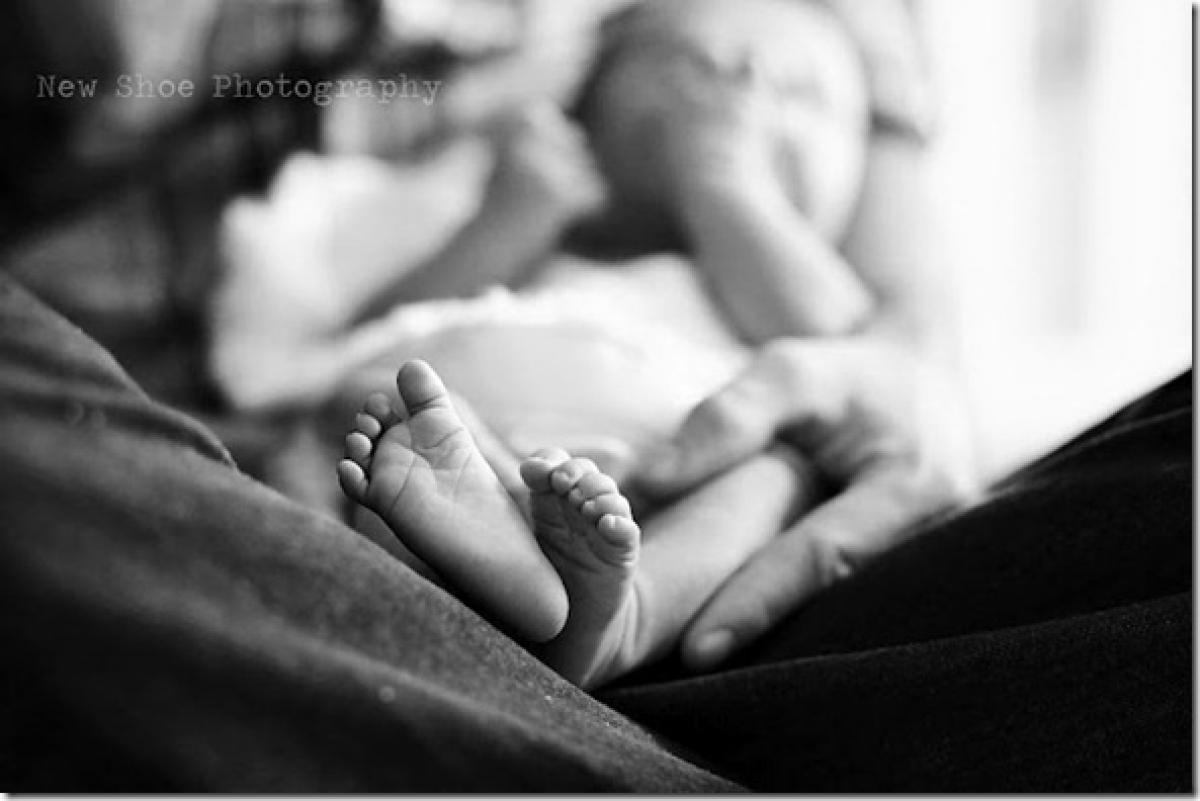Live
- Delhi’s Air Quality Hits Hazardous 500 Mark: Pollution Crisis Disrupts Life and Health
- Desist from spreading lies against survey: Ponguleti to BRS leaders
- Allu Arjun’s ‘Pushpa 2’ Breaks Records with Its Television Rights Deal
- OU Prof Arjuna Rao elected president of SIHC, VIT
- Gold rates in Hyderabad today surges, check the rates on 19 November, 2024
- Jaishankar Meets Chinese FM In Rio: First High-Level Talk Since October Border Deal
- Chinese National Arrested In Delhi For Rs 100 Crore Multi-State Cyber Fraud Operation
- Gold rates in Visakhapatnam today surges, check the rates on 19 November, 2024
- Gold rates in Vijayawada today surges, check the rates on 19 November, 2024
- Do you support caste census? Which one will you prefer caste census or skill census?









